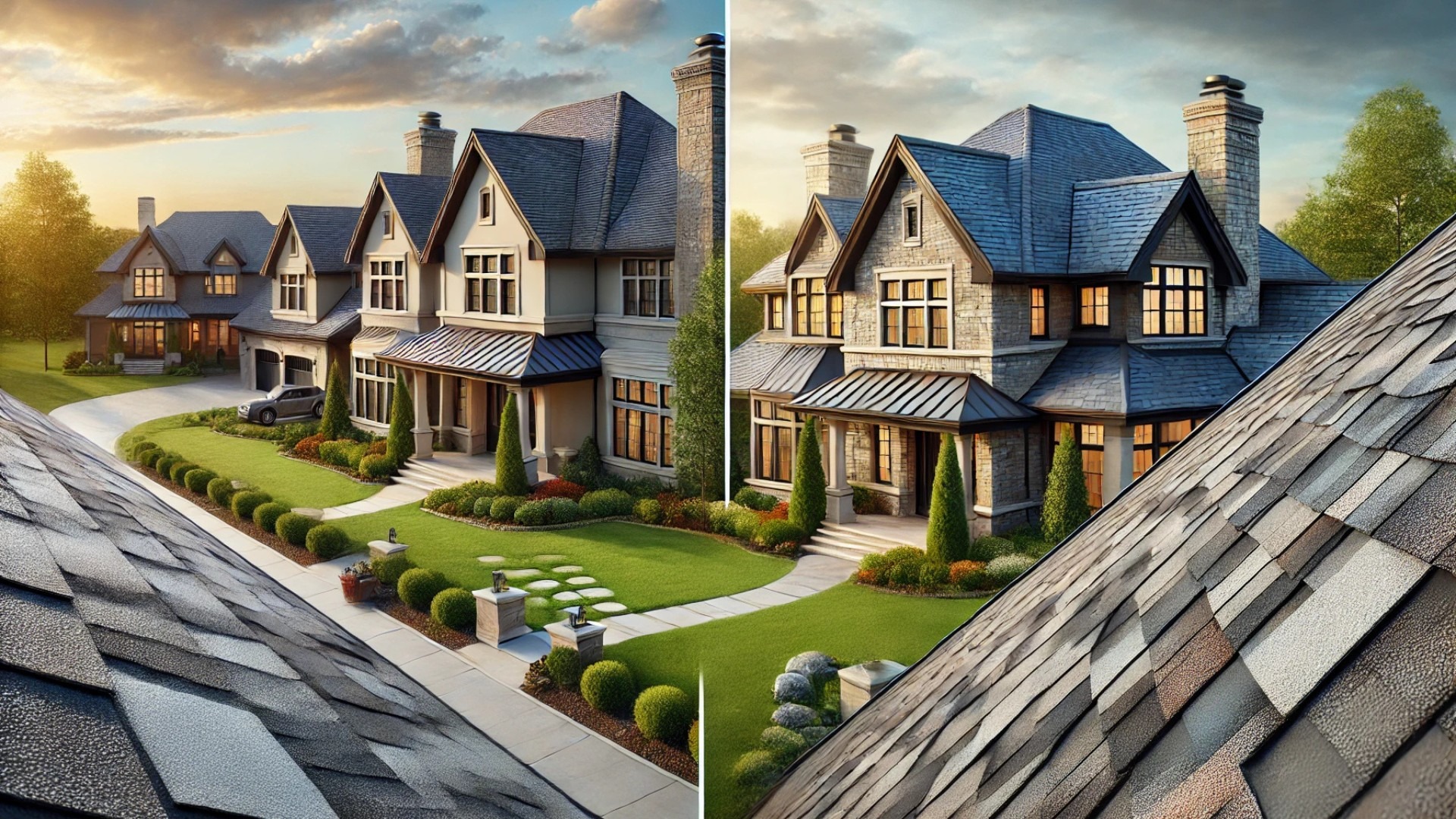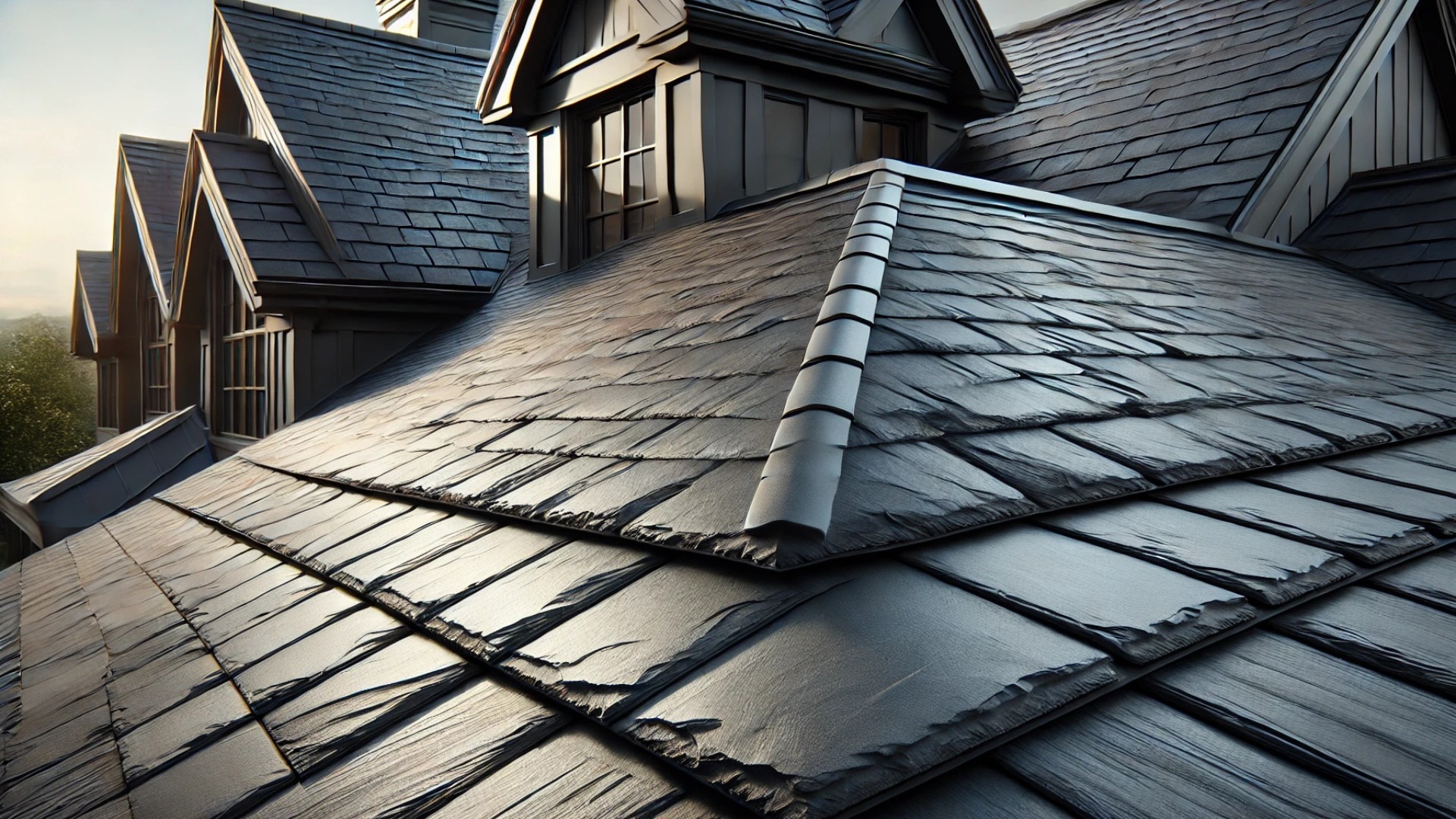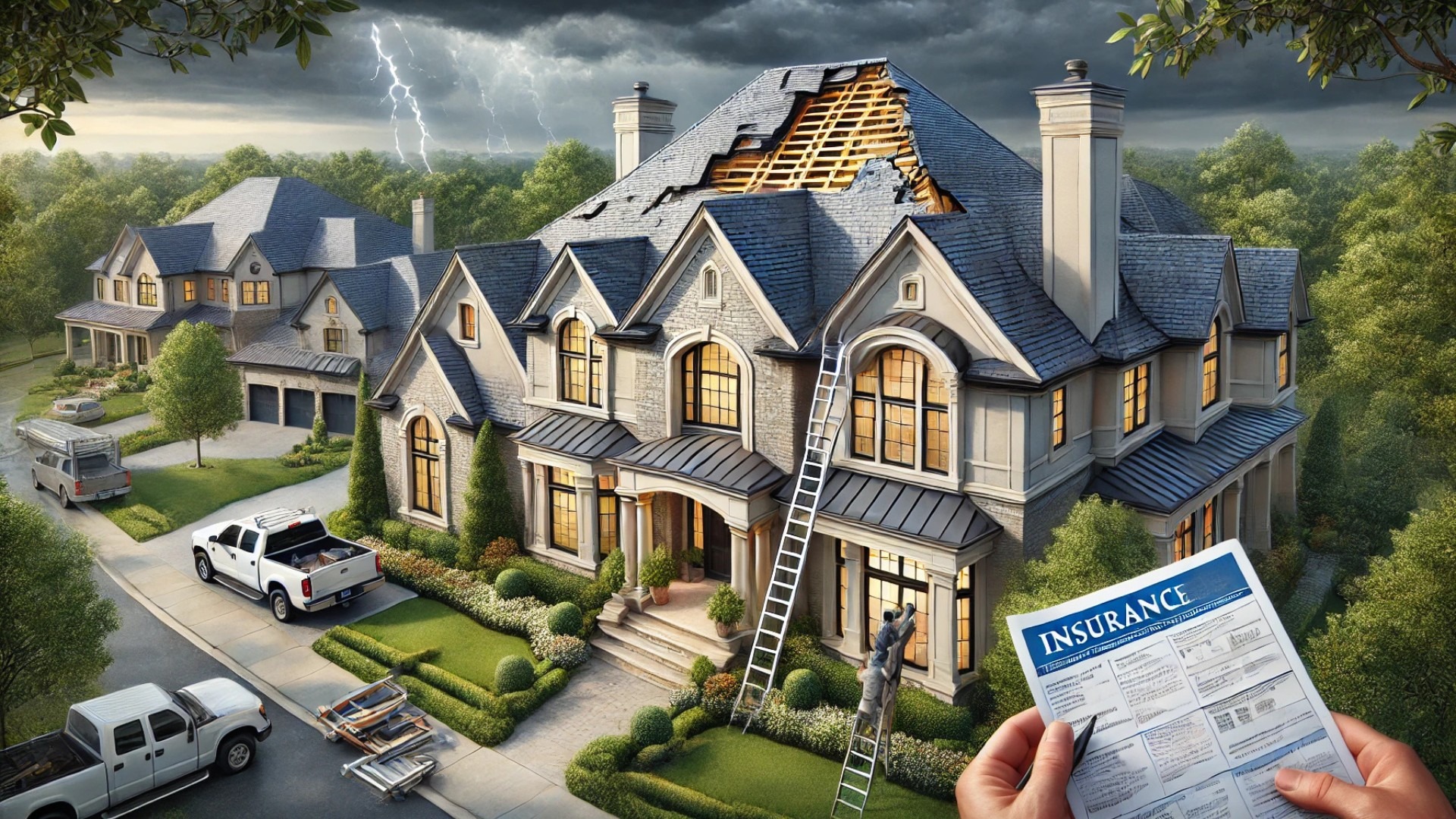
Understanding Class 3 vs. Class 4 Shingles: A Deep Dive
When it comes to selecting roofing materials for upscale properties, the decision between Class 3 and Class 4 shingles can significantly impact not only the aesthetic appeal of a home but also its durability and overall value. Class 3 shingles are rated for moderate resistance to foot traffic and weather conditions. They make a robust option for homeowners seeking a practical solution for single-family residences without the utmost extreme conditions. Conversely, Class 4 shingles rise above the fray with their high-impact resistance, making them less susceptible to damage from hail and falling debris.
The Impact of Architectural Integrity
For property owners in historic or upscale neighborhoods, maintaining architectural integrity is paramount. Upgrading to Class 4 shingles can enhance the aesthetic appeal while providing durability desired in prime residential areas. Ultimately, the choice of shingles is not just about functional roofing; it’s about maintaining the charm and luxury that defines an esteemed residence.
Social Connections and Value Perception
For this demographic of high net worth individuals, the value they place on craftsmanship and exclusivity extends to the roofing materials they choose. Class 4 shingles not only offer longevity but signal a commitment to quality that neighbors and visitors can appreciate. This connection to community ideals enhances the perceived value of the property, contributing to its marketability and resale potential.
Future Trends in Roofing Materials
As sustainability becomes increasingly significant in architecture, the roofing industry is witnessing innovations aiming to balance aesthetics and environmental considerations. Class 4 shingles, often manufactured with recycled materials and advanced technology, may represent the future of eco-friendly roofing solutions.
Practical Insights on Installation and Maintenance
Choosing Class 4 shingles often involves a more complex installation process due to their heavier weight and stringent requirements. However, the investment pays off in reduced maintenance costs over time, translating to greater value for homeowners. Regular inspections can further enhance the lifespan, ensuring these premium materials continue to shine.
Risk Factors and Considerations
While the benefits of Class 3 and Class 4 shingles are clear, potential risks must be weighed. Class 3 shingles, despite being budget-friendly, may not withstand severe weather as effectively, potentially leading to increased repair costs down the line. In contrast, the higher upfront investment in Class 4 shingles can mitigate future expenses, especially in areas prone to adverse weather.
In conclusion, the choice between Class 3 and Class 4 shingles extends beyond simple materials; it embodies a larger conversation about craftsmanship, aesthetics, and the lasting impact quality roofing can make on a homeowner’s investment. For those looking to enhance both the beauty and longevity of their prestigious properties, exploring Class 4 options could be a transformative step.
 Add Row
Add Row  Add
Add 

 Add Row
Add Row  Add Element
Add Element 




Write A Comment